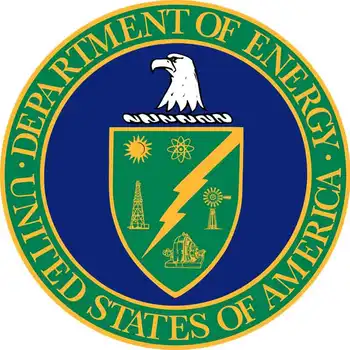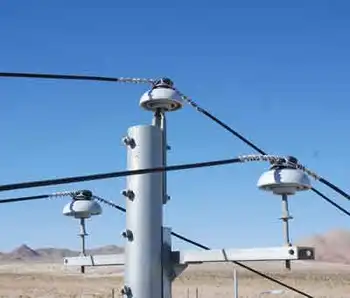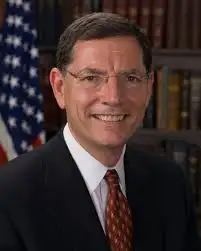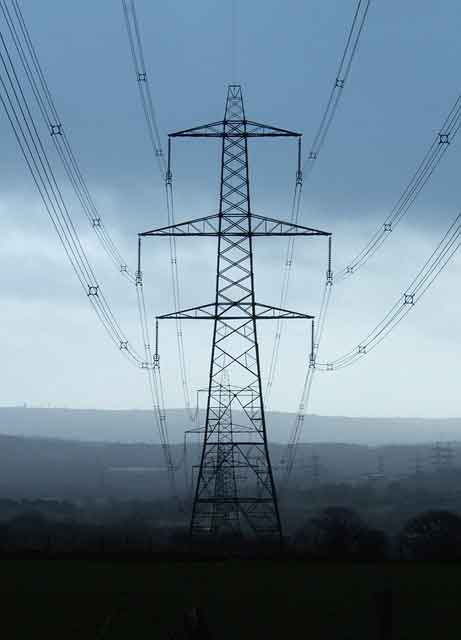Nuclear lobby faces toughest test yet
WASHINGTON DC - One flash point in the remarkable revival of interest in nuclear energy here — a revival now threatened by the calamity in Japan — came almost by accident at a late-night brainstorming session in a senator’s office in 1997.
Pete V. Domenici, then a Republican senator from New Mexico, was looking for an issue to claim as his own. One staff member, a former scientist at the Los Alamos nuclear lab, tossed out an idea that seemed dead on arrival: a renewed commitment to nuclear energy.
“Are you serious?” Mr. Domenici remembers asking the aide incredulously. After Three Mile Island and Chernobyl, nuclear energy had fallen into disfavor, development had stalled, and many politicians ran from the issue like it was a toxic cloud.
But with industry backing, Mr. Domenici overcame his skepticism and became one of the driving forces in a decade-long renaissance of nuclear energy — a resurgence that began in earnest under President George W. Bush and has led President Obama to seek a $36 billion expansion in loan guarantees to finance reactors at a time when other programs are being slashed.
Now, however, the future of nuclear energy in the United States is in doubt, with advocates on all sides bracing for a fierce debate over whether the disaster in Japan should slow or even derail the planned expansion of AmericaÂ’s 104 nuclear reactors.
Mr. Obama has shown no sign of backing away — a testament to the success of an expensive multiyear campaign by the nuclear energy industry, advocates in Congress and the executive branch.
Nuclear executives, girding for a fight, have already held 20 briefings for Washington lawmakers and others about the events in Japan and the potential lessons learned at home. They have been putting out guidance on increased safeguards for reactors, and giving reporters tours of nuclear plants.
The message: Despite the events in Japan, nuclear is a safe, affordable and “clean” energy source that does not spew harmful carbons into the environment or rely on foreign producers.
“We surely should avoid a rush to judgment,” Jeff Merrifield, a former member of the Nuclear Regulatory Commission, said in one of a series of videos that the Nuclear Energy Institute, the leading trade group, has put out on its Web site since this month’s tsunami crippled Japan’s reactors. The United States, he said, should “continue to move forward with building those plants because it’s the right thing for our nation.”
But with polls in the last two weeks showing dimmed support for nuclear power, opponents are hoping to use the events in Japan to slow the industryÂ’s political momentum and challenge what the industry maintains is a long record of safety.
“The risk is just so great if there’s a screw-up,” said David Hamilton, director of energy programs for the Sierra Club, which opposes the expansion of nuclear energy. “The nuclear renaissance was already hanging by a thread, and the Japanese disaster may have cut the thread.”
But even the critics acknowledge that the industryÂ’s backers have managed to jump-start nuclear energy in a way that few thought possible a decade ago.
One turning point, people on both sides of the issue agree, was that proponents took advantage of the public concern over climate change and carbon-producing fuels beginning in the early 2000s and were able to recast themselves — first to fence-sitting lawmakers, then to the public as a whole — as a “clean” alternative that would not harm the environment.
“It was a brilliant campaign,” said Tyson Slocum, an energy expert at Public Citizen, which opposes nuclear energy because of concerns about its safety, security and cost.
“While everyone was focused on shutting down coal plants, they had a couple of years to themselves to just talk to the American public in very sophisticated ad campaigns and to reintroduce a generation of Americans to nuclear power,” he said. “That was very powerful.”
Nuclear industry firms and their employees also contributed more than $4.6 million in the last decade to members of Congress — both Republicans and Democrats, including Mr. Obama, then a senator, and his presidential campaign — as the industry’s political fortunes were rising, according to an analysis by MAPLight.org, a Washington research group that tracks money and politics.
And the industry has spent tens of millions more lately on lobbying. Last year, electric utilities, trade groups and other backers spent $54 million hiring lobbyists, including former members of Congress, to make their case, according to a separate analysis by the Sunlight Foundation, which also tracks money and politics.
As a senator, Mr. Domenici was a big beneficiary of the industryÂ’s largess, collecting more than $1.25 million over his 20-year career from political donors affiliated with the energy sector.
Months after he committed himself to promoting nuclear energy, he gave a talk on the topic in 1997 at Harvard University called “A New Nuclear Paradigm.” Nuclear energy proponents called it a seminal moment in the shift of public opinion.
“I wanted to put nuclear power in its proper perspective,” said Mr. Domenici, who left the Senate in 2009 and serves as a senior fellow at the Bipartisan Policy Center in Washington.
“You have this resource just sitting there saying, ‘Are you going to use me or not?’” Mr. Domenici said in a recent interview. “People were stirring up fears of another Three Mile Island, but I believe the reality of nuclear power has now become much better known.”
Mr. DomeniciÂ’s position as a senior member of both the Senate Energy and Appropriations Committees gave him a particularly influential role in helping the industry. He was at Mr. BushÂ’s side in 2005, when the president signed a major bill that encouraged the building of new nuclear plants. Work has now begun on four new plants.
Mr. DomeniciÂ’s former aides have gone on to play critical roles in the debate as well.
Pete Lyons, a nuclear scientist and the former Domenici aide who first suggested the nuclear energy idea to the senator at his 1997 brainstorming session, went on to serve on the Nuclear Regulatory Commission and has been nominated by Mr. Obama to run the Energy DepartmentÂ’s civilian nuclear program. Alex Flint, another Domenici aide at the meeting, now is the chief federal lobbyist for the Nuclear Energy Institute. And a third aide at the meeting, Steve Bell, assists Mr. DomeniciÂ’s work on a presidential panel on nuclear waste.
Mr. Flint said the senatorÂ’s staff did not expect to succeed when Mr. Domenici began proposing modest appropriations for nuclear research and programming in the late 1990s.
“We were going against the conventional wisdom,” Mr. Flint said. “We expected a pushback, but we didn’t get it. And it just grew from there.”
Within the Energy Department, meanwhile, a 2003 study by the Massachusetts Institute of Technology on the future of nuclear energy helped forge a consensus within the government, even among skeptical policy makers, officials said. The study concluded that while nuclear power was facing “stagnation and decline,” it should remain an important way to provide carbon-free energy at relatively low cost.
“That really moved my thinking, and that kind of analysis was very influential,” said Daniel B. Poneman, deputy secretary at the Energy Department.
Today, there is no doubt about where the Energy Department stands.
Its Web site extols the value of nuclear energy as providing “low-cost, carbon-free electricity to help drive the American economy and preserve the environment,” and it even includes a special page for children called “the Power Pack,” featuring a sci-fi journey through nuclear energy.
For critics urging a go-slow approach to building reactors, the enthusiasm is all a bit much.
“The industry has really embedded itself in the political establishment,” said Mr. Slocum at Public Citizen. “They’ve had reliable friends from George Bush to Barack Obama, and the government has really just become cheerleaders for the industry.”
Whether events in Japan change the political calculus in Washington “is what everyone is waiting to see,” he said. “We don’t want to be seen as exploiting a tragedy, but it’s prudent to talk about the implications here. The best and the brightest can’t see around every corner.”
Related News

U.S. Launches $250 Million Program To Strengthen Energy Security For Rural Communities
WASHINGTON - The U.S. Department of Energy (DOE) today issued a Request for Information (RFI) seeking public input on a new $250 million program to strengthen the cybersecurity posture of rural, municipal, and small investor-owned electric utilities.
Funded by President Biden’s Bipartisan Infrastructure Law, the Rural and Municipal Utility Advanced Cybersecurity Grant and Technical Assistance (RMUC) Program will help eligible utilities harden energy systems, processes, and assets; improve incident response capabilities; and increase cybersecurity skills in the utility workforce. Providing secure, reliable power to all Americans will be a key focus on the pathway to achieving President Biden’s goal of a…




